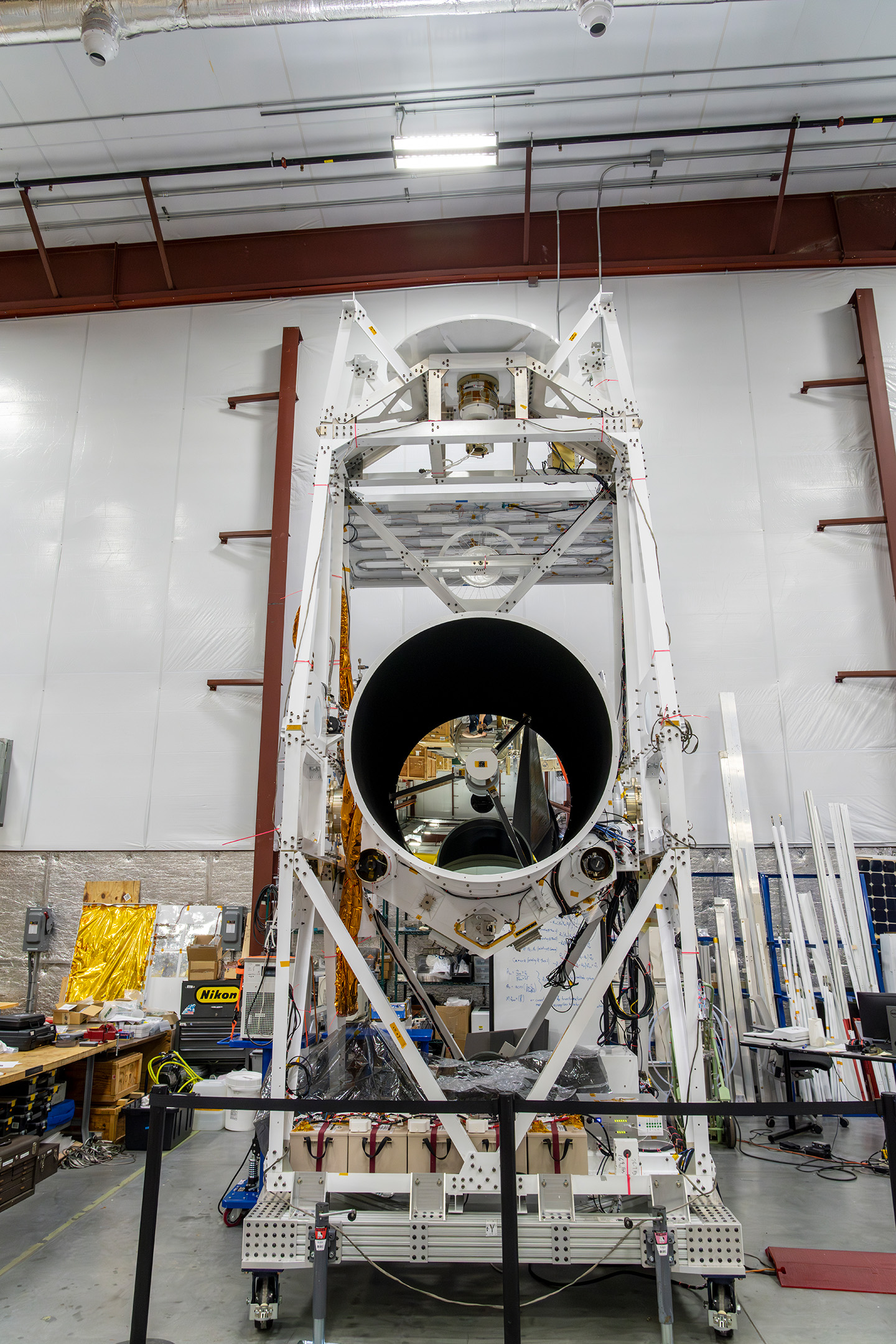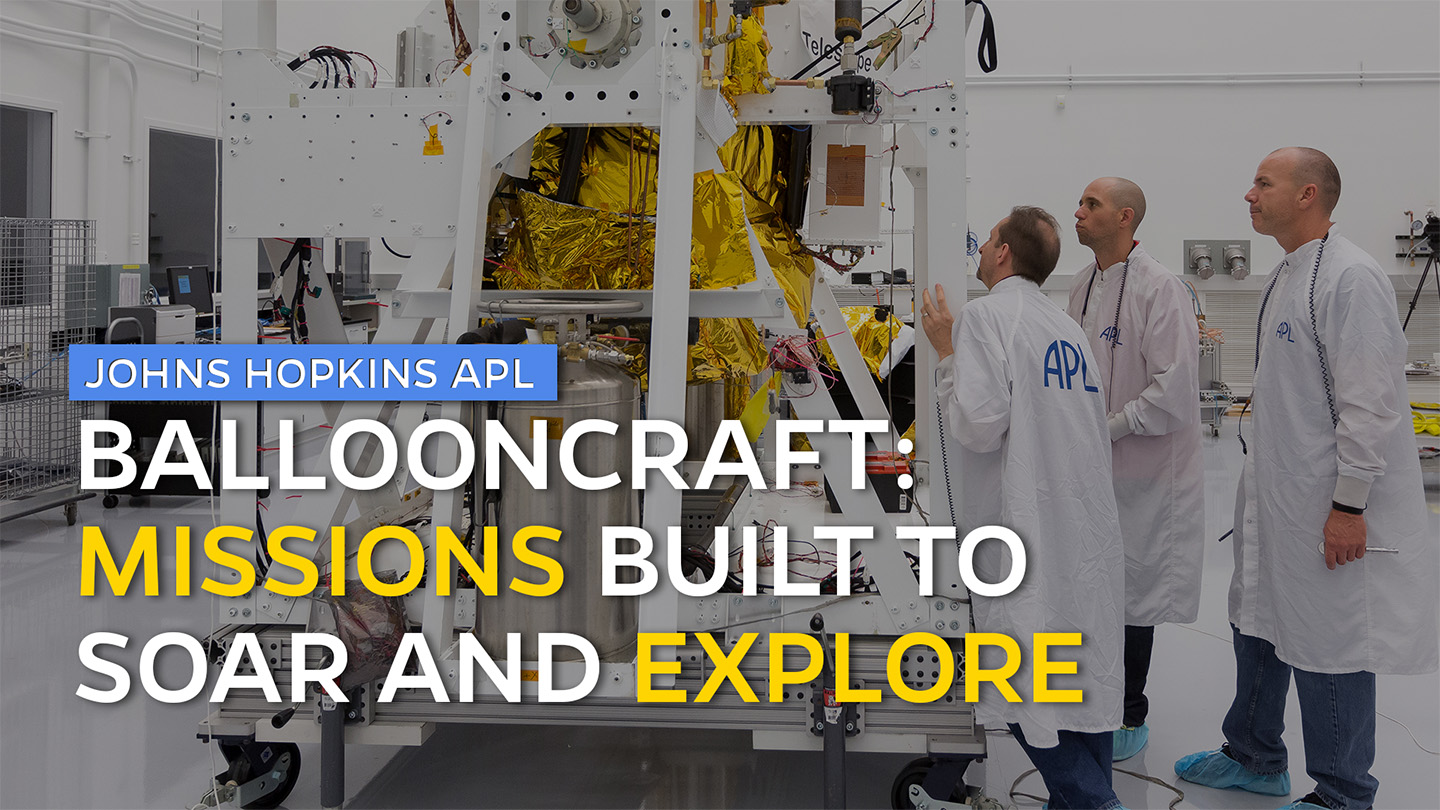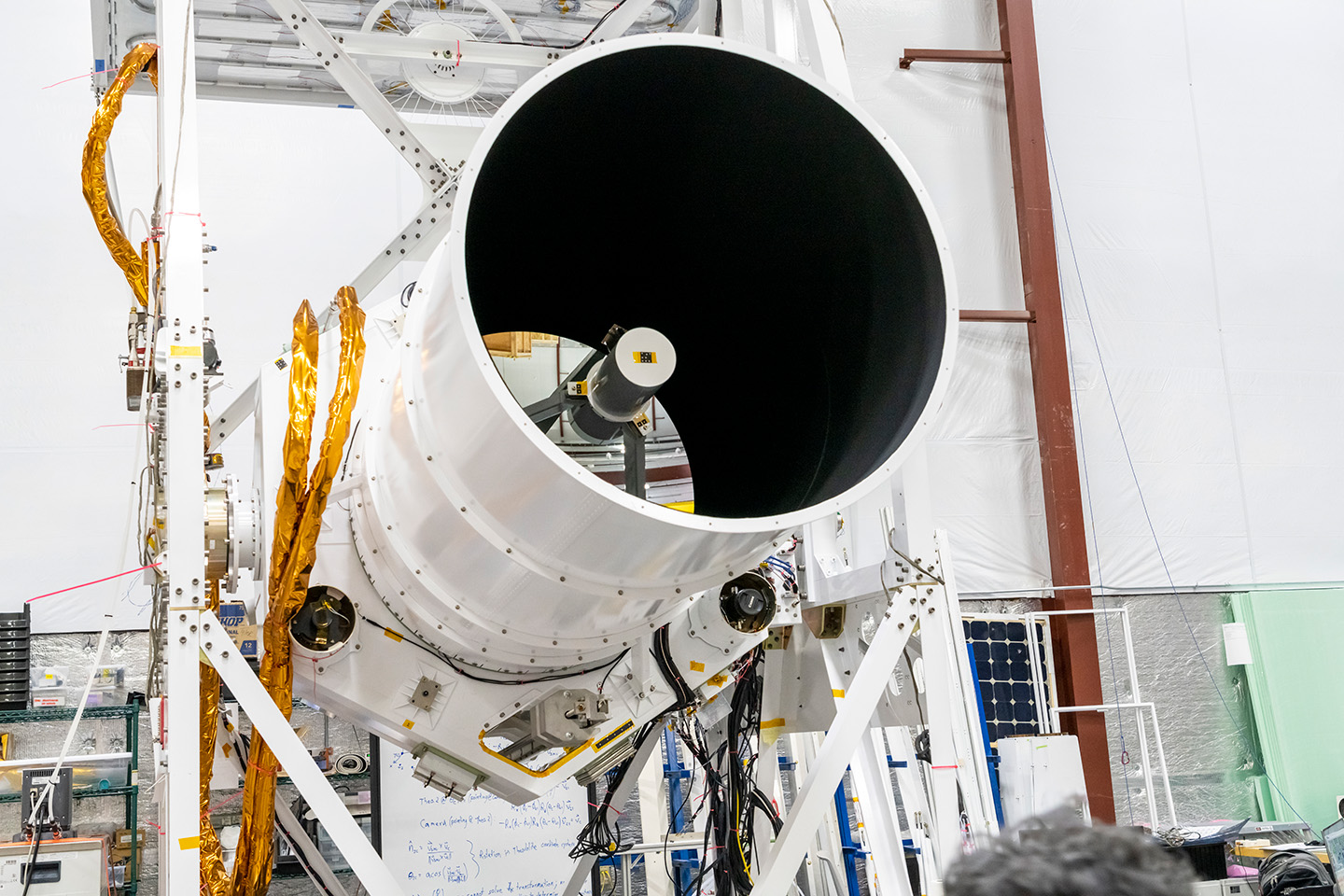News
GUSTO Balloon Observatory Mission Ships Out in Preparation for Antarctic Launch

Credit: Johns Hopkins APL/Craig Weiman
On July 3, the integrated gondola and payload for NASA’s Galactic/Extragalactic ULDB Spectroscopic Terahertz Observatory (GUSTO) was shipped from the Johns Hopkins Applied Physics Laboratory (APL) in Laurel, Maryland, on a long route to Antarctica.
GUSTO is an observatory that will fly on a Long-Duration Balloon (LDB) to around 120,000 feet in the air to study the interstellar medium — the matter between the stars — using far infrared detectors. This mission represents a joint effort between NASA, the University of Arizona and Johns Hopkins APL.
The gondola carrying the payload was designed and built at APL by a team of Space Exploration Sector (SES) and Research and Exploratory Development Department (REDD) staff members. Kieran Hegarty, the GUSTO program manager from SES, noted that the seven-year-old mission was long in coming, after the pandemic and technical issues delayed the launch by several years.
“It’s a big relief to be shipping it off,” Hegarty said. “During COVID, the work at APL never stopped. Even during peak COVID, we had folks on site, which took a lot of coordination and effort by the team who still, in the face of global uncertainty, came in and pushed the hardware forward.”
The payload is a telescope that was developed by mission partners at the University of Arizona, which is also the principal investigator institution. It was shipped to APL in March 2023 for integration with the gondola, and now the integrated observatory is en route from APL to the NASA Columbia Scientific Balloon Facility in Palestine, Texas. There, the observatory will be integrated with NASA-provided antenna equipment before being flown first to New Zealand and then on to McMurdo Station in Antarctica, operated by the National Science Foundation’s United States Antarctic Program.

